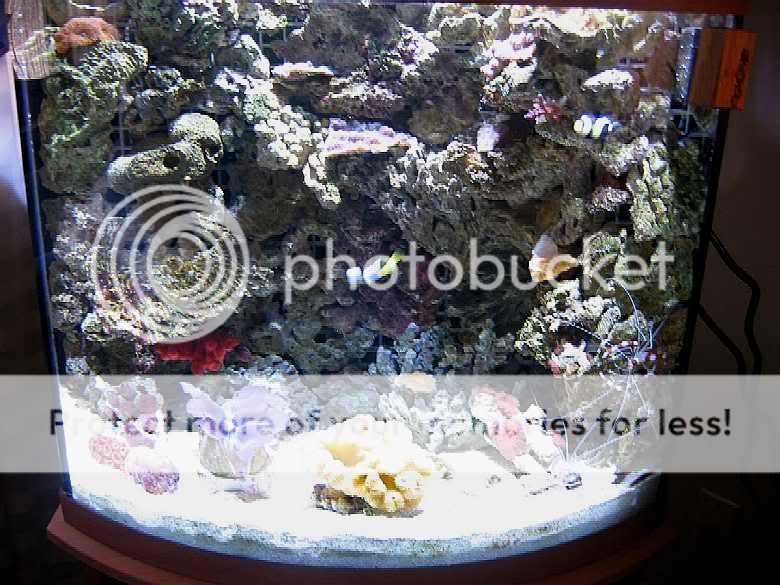Insane Reefer
New member
Re: Black rocks?
Re: Black rocks?
Cement Pigments in Rainbow Colors
But yes, you could use the Black Sand found at LFS, but if you try to smooth it on, you will loose a lot of texture in the rock.
Better way would be to make a cement "slurry" with the sand, and paint it on - I've done that to make grey rocks white...
Re: Black rocks?
<a href=showthread.php?s=&postid=7718091#post7718091 target=_blank>Originally posted</a> by slevesque
Hi, I would love to make black rocks...
Cement Pigments in Rainbow Colors
But yes, you could use the Black Sand found at LFS, but if you try to smooth it on, you will loose a lot of texture in the rock.
Better way would be to make a cement "slurry" with the sand, and paint it on - I've done that to make grey rocks white...


